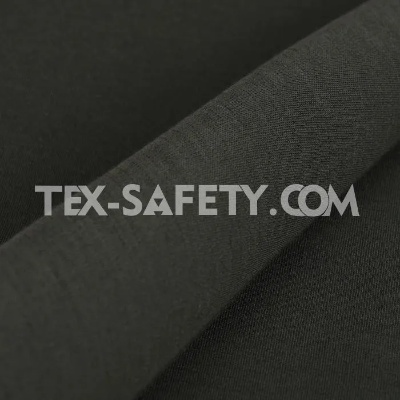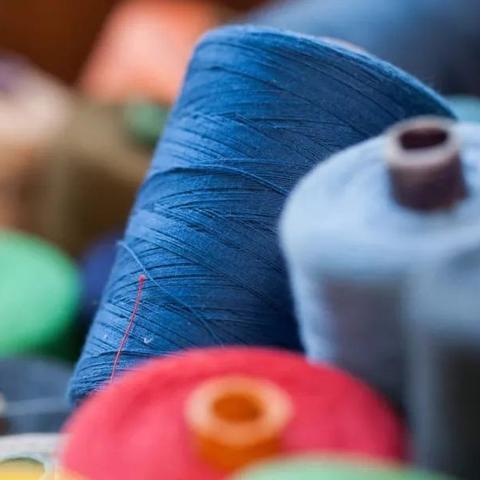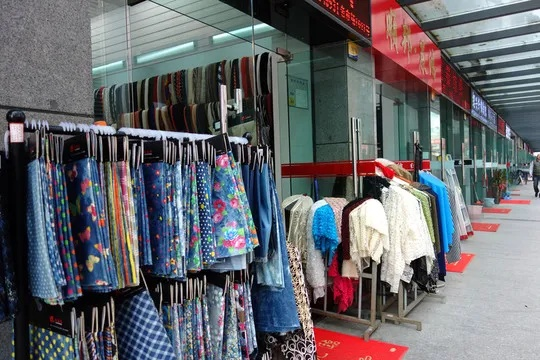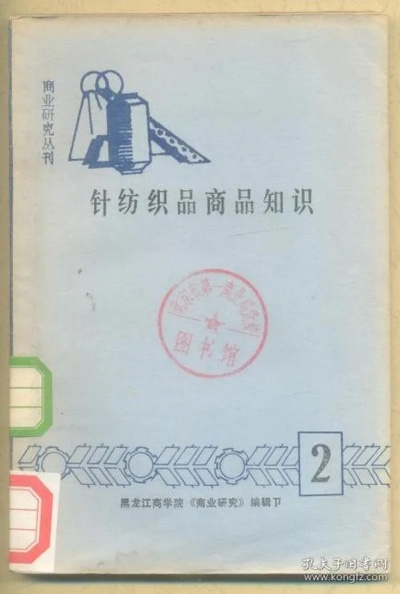Understanding the Fabric of Safety in Textile Technologies
: Understanding the Fabric of Safety in Textile Technologies,Abstract: This paper explores the fabric of safety in textile technologies, examining the various components that contribute to ensuring product quality and consumer protection. It discusses the importance of materials selection, manufacturing processes, and regulatory compliance in maintaining product integrity and meeting safety standards. The study highlights the role of advanced technology in enhancing safety features and suggests future trends towards more sustainable and eco-friendly practices. Overall, the focus is on understanding the complex interplay between technology, design, and regulation that underpins the fabric of safety in textile products.
Introduction: In the ever-evolving world of textiles, where innovation meets tradition, safety has become a paramount concern. Textile technologies, from the creation of fabric to its final application, involve a myriad of processes that require rigorous attention to detail. From the selection and processing of raw materials to the assembly line operations, every step plays a crucial role in ensuring product quality and consumer safety. In this talk, we will explore the various textile technology safety categories, their significance, and how they are implemented within the industry.
Textile Technology Safety Categories:

-
Material Safety
- Polyester Fibers: These synthetic fibers have been widely used in clothing due to their durability and resistance to wear and tear. However, they can cause skin irritation if not properly washed or exposed to high temperatures.
- Wool: A natural fiber known for its warmth and softness, wool is prone to moth damage and can harbor harmful bacteria if not handled properly.
-
Process Safety
- Dyeing Process: This stage involves using chemicals to color the fabric. Proper ventilation and handling of hazardous chemicals are essential to prevent exposure to fumes and toxic substances.
- Weaving and Knitting: These processes involve intricate machinery that can lead to injuries if not operated safely. Regular maintenance and training of operators are critical.
-
Finishing Techniques
- Sizing: Adding small amounts of chemicals to fabric to improve its texture and appearance. Care must be taken to avoid excessive use, as it can lead to health issues if inhaled or absorbed through skin contact.
- Printing and Embellishment: Using heat and pressure to transfer designs onto fabric. Proper precautions should be taken to prevent burns or other accidents during this process.
-
Quality Control
- Inspection: Thorough inspection of finished products is essential to ensure compliance with safety standards. This includes checking for defects, such as loose threads or uneven stitching.
- Testing: Conducting tests to assess the performance of textile products under different conditions, including temperature, humidity, and chemical exposure.
Case Study:
One example of a successful textile technology safety initiative is the implementation of a zero-tolerance policy for worker safety at a major garment manufacturer. The company established a comprehensive safety program that included regular training sessions on proper use of machinery, emergency response drills, and strict adherence to safety guidelines.
The company also invested in advanced monitoring systems that tracked workers' movements and alerted them to potential hazards. Additionally, they implemented a zero-waste policy, encouraging employees to recycle materials and reducing the need for hazardous chemicals.
As a result, the company reported a significant decrease in workplace injuries and fatalities. The company's commitment to safety led to increased employee satisfaction and a positive reputation among customers and suppliers.

Conclusion:
Textile technology safety is a multifaceted issue that requires a holistic approach. By understanding the different categories of safety concerns and implementing effective strategies, industries can minimize risks and ensure the longevity of their products. As we continue to push the boundaries of textile technology, it is imperative that we prioritize safety as a top priority. After all, when we value safety above all else, we create safer products that benefit both consumers and the environment.
随着纺织品的广泛应用,纺织品技术安全问题日益受到关注,本文将围绕纺织品技术安全类别展开讨论,通过英文案例说明来详细阐述纺织品技术安全类别的重要性及其应用。
纺织品技术安全类别概述
纺织品技术安全类别主要包括纤维质量、染整工艺、环保标准等方面,在纤维质量方面,需要关注纤维的种类、含量、纯度等指标,确保产品符合国家或行业标准,在染整工艺方面,需要采用环保、安全、高效的染整技术,确保产品在使用过程中不会对人体健康和环境造成危害,在环保标准方面,需要遵守国际环保法规,关注环保材料的使用和废弃物处理等环节。
英文案例说明
以下是一个英文案例,以说明纺织品技术安全类别的重要性及其应用:

某知名品牌纺织品的安全检测报告
该品牌纺织品经过严格的质量检测,符合国家相关行业标准,在纤维质量方面,采用了高品质的天然纤维,不含任何有害物质,在染整工艺方面,采用了环保、安全、高效的染色技术,确保产品在使用过程中不会对人体健康和环境造成危害,该品牌还注重环保材料的使用和废弃物处理,实现了绿色生产。
纺织品技术安全类别的重要性
纺织品技术安全类别的重要性在于保障消费者的健康和安全,维护国家的经济和生态安全,在纺织品生产过程中,必须严格遵守国家或行业标准,确保产品符合安全、环保、健康等要求,纺织品的质量和安全性也是衡量一个国家纺织工业水平的重要指标之一。
纺织品技术安全类别的应用
纺织品技术安全类别的应用广泛,涉及到纺织品的生产、销售、使用等多个环节,在纺织品生产过程中,需要采用环保、安全、高效的染整技术,确保产品符合国家或行业标准,还需要关注环保材料的使用和废弃物处理等环节,实现绿色生产,在纺织品销售过程中,需要提供安全可靠的产品信息,让消费者了解产品的质量和安全性,在纺织品使用过程中,也需要遵循相关的使用规范和安全标准,确保消费者的健康和安全。
纺织品技术安全类别是纺织工业的重要方面,关系到消费者的健康和安全,也关系到国家的经济和生态安全,在纺织品的生产、销售、使用等各个环节中,都必须严格遵守国家或行业标准,确保产品符合安全、环保、健康等要求,还需要加强技术研发和人才培养,提高纺织品的品质和安全性,推动纺织工业的可持续发展。
Articles related to the knowledge points of this article:
Introduction to the北京清新针纺织品批发市场地址



